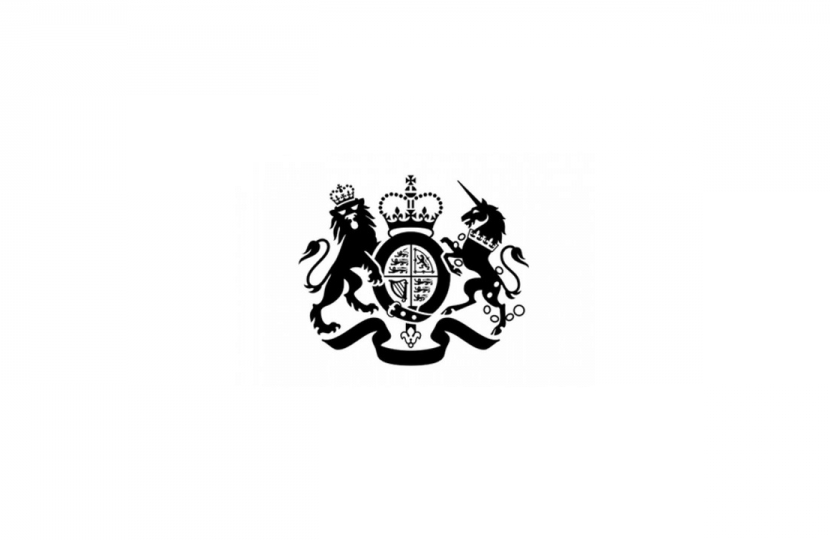
Dear Colleague,
Update on The Future Buildings Standard Consultation: Summary of Responses and Government Response and implementation of the 2021 uplift to the Building Regulations
I am writing to update you on the publication of The Future Buildings Standard Consultation: Summary of Responses and Government Response. The publication covers policy relating to Part L (conservation of fuel and power) and Part F (ventilation) of the Building Regulations for new and existing dwellings and non-domestic buildings, and a new requirement to tackle the risk of overheating in new residential buildings.
I would also like to update you on the laying of a statutory instrument and accompanying publication of statutory guidance to implement the policy outcomes of this consultation and the one previous to it (The Future Homes Standard consultation).
You may be aware that a statutory instrument is also being laid today to require new residential and non-residential buildings with associated parking spaces (and those undergoing major renovation) to have electric vehicle (EV) charging points. This instrument is separate to the instrument which I am laying; however, both of these instruments will impact on the creation of new homes and other buildings. Work to develop the two instruments has therefore been closely aligned and any interactions have been fully explored during this process.
The Future Homes and Buildings Standards
Improving the energy efficiency of new buildings through the Building Regulations represents a significant opportunity to reduce carbon emissions and put us on the right path to achieving our 2050 net zero target.
We have previously committed to introducing Future Homes and Future Buildings Standards from 2025 which will result in new homes and buildings that use low-carbon heat and have very high fabric standards. No further energy efficiency retrofit work will be necessary to enable these buildings to become zero-carbon as the electricity grid continues to decarbonise.
A two-stage consultation process has enabled us to engage extensively with the construction sector on how we can achieve this transition. Alongside publishing the Government response to the second stage, we are, today, taking the first step by introducing a 2021 uplift to Building Regulations. This will provide a meaningful and achievable increase to the energy efficiency
standards in the short term whilst supporting industry to prepare and position itself to build to the full standards from 2025. The key policy measures within the Government consultation response and the uplift are summarised in the accompanying annexes to this letter.
This is a significant moment for the sector and on our journey to net zero. Once the uplift comes into force, the carbon emissions of new homes will be expected to reduce by around 30% and, for new non-domestic buildings, the reduction will be 27%.
Furthermore, it introduces an entirely new requirement to reduce the risk of overheating in new residential buildings. This will mean that new residential buildings, including houses, flats, residential care homes, student accommodation, and children’s homes must be designed in such a way as to reduce overheating. This is an important part of our work to adapt our country to face climate change, and it will help to protect people where they live and sleep.
Through these measures, the uplift provides a pathway towards creating homes and buildings that are fit for the future, and better for the environment.
